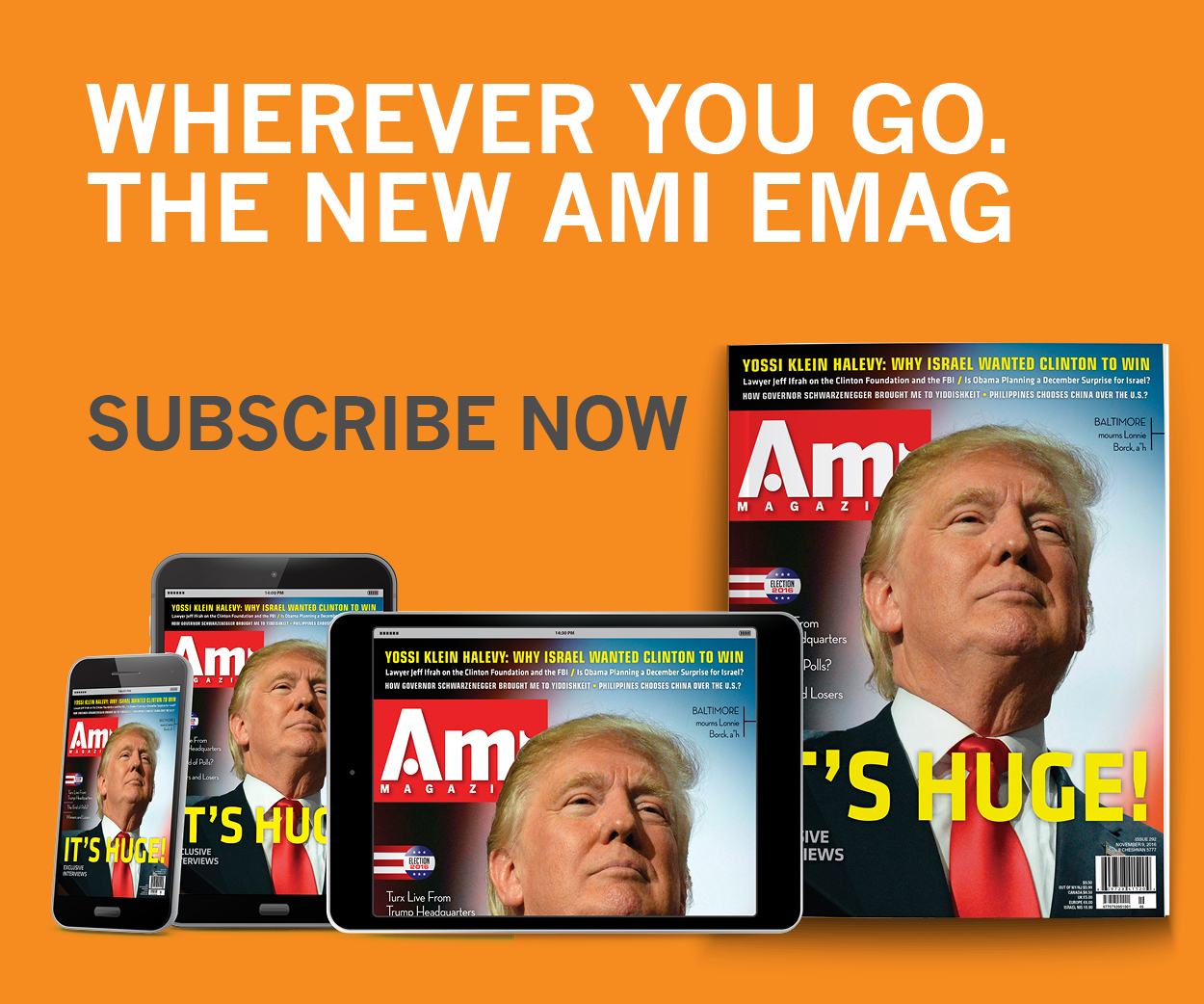Americans remember Franklin D. Roosevelt as the president who led our country in the war against Nazi Germany. But stunning new research by Prof. Stephen Norwood, of the University of Oklahoma, reveals a disturbing episode in the 1930s when FDR’s State and Navy departments went out of their way to foster friendly relations with Hitler. Norwood’s essay appears in the new book, From Antisemitism to Anti-Zionism, edited by Eunice G. Pollack. Norwood was interviewed by Ami’s Dr. Rafael Medoff.
Ami: Your essay tells the story of two military ships that were sent by Nazi Germany to visit the United States in the 1930s. What was Hitler’s motive in sending the ships?
Norwood: Hitler sent the two navy cruisers, the Karlsruhe and the Emden, on propaganda missions in the mid-1930s to convey to Americans that Nazi Germany was a respectable member of the community of nations, misrepresented by a Jewish-controlled American press. Hitler had been a soldier in the German army in World War I, and knew that American intervention had been important in breaking the long stalemate on the Western front and bringing about the Allied victory. He was also concerned that American industrial and food supplies would again strengthen British and French military capability in the next war. By forging friendly ties with the U.S. navy high officer corps and influential American business and civic leaders in the cities that the warships visited, the Hitler regime hoped to make it more likely that the United States would remain neutral in the European war that Germany was preparing to fight.
Ami: Why was rebuilding the German navy so important to Hitler?
Norwood: Hitler made it a high priority for several reasons. First, he knew that the British had clamped a tight naval blockade on German ports during World War I that had kept German warships bottled up in the Baltic Sea, reduced food supplies available to Germany, and damaged civilian morale. So a powerful German navy could sharply reduce the effectiveness of an anticipated British blockade in the next World War. A strong navy could also impede the movement of French and British colonial troops from Africa and Asia to Europe. A large modern fleet featuring cruisers like those visiting the United States could help propel Germany to victory in the next war. Since those warships could rapidly traverse vast distances without refueling, they could attack British and French naval and merchant vessels, destroying the Allies’ Atlantic lifeline, thus depriving the enemy of necessary war materiel, industrial goods, and food.
Ami: The captain of the S.S. Karlsruhe, Freiherr Harsdorf von Enderndorf, said he hoped to “carry into the outside world something of the spirit of the New Germany.” What did he mean?
Norwood: The German government had been deeply concerned about the numerous reports of Nazi anti-Semitic atrocities and the killing, imprisonment, and torture of antifascists that had appeared in the American and British press from the time Hitler assumed power. Newspapers such as the Manchester Guardian and syndicated columnists, including Pierre van Paassen, had interviewed Jewish and Social Democratic refugees who provided them with highly detailed accounts of Nazi outrages. The Hitler regime was also worried about the impact of the boycott of German goods and services, and was determined to undermine it. The German military was intensely anti-Semitic and wanted to do its part to propagandize for Nazism and refute the American journalists who denounced it. This meant disseminating the standard Nazi arguments: Jews had been poised to take over Germany until Hitler became chancellor, Jews spearheaded a Communist conspiracy against Christian civilization, the Fuehrer was a great moral leader while Jews were a degenerate parasitical race of deicides responsible for bleeding the German people, running the white slave trade, and so on. The German warships’ visits to American ports provided their personnel and German diplomats serving in the United States with a platform to make Hitler’s case to Americans, and defame Jews. They took every opportunity to do this at the numerous receptions American civic, church, and naval leaders staged for them, and in the interviews the American media accorded them.
Ami: You describe how when the Karlsruhe docked in Honolulu in 1934, the Nazi officers were taken to see American army and navy stations there. Isn’t that the kind of treatment usually reserved for allies of the United States?
Norwood: Perhaps, but during the mid-1930s, major figures in the Roosevelt administration, such as Secretary of State Cordell Hull, insisted that Germany should be considered a friendly nation. Other senior State Department officials who were responsible for Western European affairs took the same view. The mayor of Honolulu enthusiastically greeted the swastika-bedecked Karlsruhe, as did the city’s leading newspaper, The Honolulu Advertiser, which ran an editorial headlined: “Willkommen, Karlsruhe!” Claiming to speak for most Honolulu residents, The Advertiser denounced those unwilling to provide a friendly welcome to the German officers and seamen, who represented what it called “the great Nazi republic beyond the sea!”
Ami: What about the Karlsruhe’s second visit?
Norwood: When the Karlsruhe came back to the U.S. in 1935, American navy mine sweepers and tugboats helped the Nazi warship carry out day-and-night battle practice firing at sea, towing out target rafts for it to shoot at. The State Department helped in arranging this collaboration between the two navies.
Ami: In the port of Tacoma, Washington, the local Chamber of Commerce hosted an event at which the Nazi swastika flag was placed side by side with the American flag. What a strange sight!
Norwood: Perhaps not as strange as one might think. Many leading German-American organizations, such as the Steuben Society of America, openly expressed support for Hitler regime policies and displayed the swastika and American flags together at their gatherings. The Karlsruhe’s captain addressed an audience of 1,000 people in Boston at a banquet to honor the warship’s 1934 visit, which was co-sponsored by the Associated German Societies of Massachusetts in 1934. The Stars and Stripes were displayed next to the swastika flag at that event. The band played both the Star-Spangled Banner and the Nazi anthem, the Horst Wessel Lied. The next year, in San Francisco, the mayor welcomed Karlsruhe personnel at City Hall, and the flags were displayed: the American flag, the old German imperial flag, and the new Nazi swastika flag.
Ami: There was a protest against the Nazis in Seattle, but it seems that Communists were the only ones to take part. Why didn’t local Jewish organizations participate? Why were the Jews in Boston more outspoken?
Norwood: Boston had one of the nation’s largest Jewish communities during the 1930s. The Jewish population was heavily concentrated in the Dorchester-Roxbury-Mattapan districts and it was better organized than most other American Jewish communities, both at the grassroots and the top. Boston Jews had mobilized to challenge Nazi anti-Semitism almost immediately after Hitler came to power. They organized a heavily-attended protest rally at Faneuil Hall in April 1933, right after the Nazis’ nationwide boycott of Jewish stores and offices. Boston Jews also staged a huge anti-Nazi street demonstration in Mattapan in the fall of 1933. Large numbers of Boston Jews aggressively challenged Hitler’s leading authority on American affairs, Dr. Friedrich Schoenemann, when he spoke on “Why I Believe in the Hitler Government” at the Ford Hall Forum in November 1933. The Boston press reported in detail how these Jews from the grassroots effectively refuted Schoenemann’s claims from the floor.





















